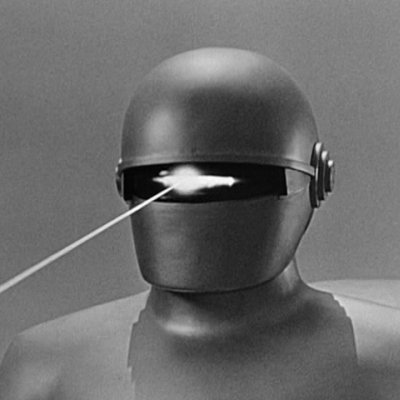
Psssst. Hey! Governor Christie. Just thought you might like to stop and think for a minute. You know, it’s not that we don’t have the technology, or that it would be impossible to make the technology work. It’s that you obviously didn’t think about the consequences of making the immigration system work like FedEx.
A package, entering the FedEx system is tagged with a barcode before entering a processing center. At every stage of its journey through the processing center, its progress is logged. This is possible because the package is inanimate. It does not sprout legs and move itself around the processing center or warehouse, frequently sending out updates about its progress like some teenager on Twitter. The package doesn’t move anywhere unless someone or something moves it. The package’s progress is trackable because every time a warehouse worker touches the package, he or she logs that action. When the worker puts the package in an automated process, like a sorter, the automated process logs the package’s process as the package moves through sensors. When the package finally makes it to a truck, or an airplane, another log entry is made by whomever puts the package on the vehicle. In short, both the sender and receiver of a package can find out the exact location of a package any time they want because the package doesn’t move unless some external force is exerted on it, and the FedEx system is designed to update the status any time that happens.
Stop and imagine what would happen if a package could just get up and walk around. What if it could make its own way through the processing center, sorted itself, and left the processing center with only a promise to deliver itself to the right place at the right time? What would happen to the tracking system then?
Well, since FedEx is a corporation and wants to make money, and since they can only make money by making sure packages are delivered to the right place at the right time, FedEx would have to change their tracking system. They would have to fill the processing center with checkpoints or sensors capable of logging any packages that happen to wander by. They would have to station workers throughout the warehouse and all their other facilities, whose job would be to watch every package and make note of any package that takes a wrong turn or wanders off in the wrong direction. FedEx would have to hire thousands of special package police who would have to go around to all the places the packages were likely to congregate and check every suspicious looking package to see if it was past its delivery date. They would have to hire and train a bunch of special administrators to listen to or investigate the circumstances behind any undelivered package so see if the package deserved a delivery extension, or should be sent back to its sender.
Naturally, the cost to FedEx for this new system would be enormous, and FedEx would have no choice but to pass the cost on to those who want packages sent. That could drive the cost of sending packages to astronomical heights, creating an incentive for senders to use “undocumented” methods of sending packages. The packages themselves, feeling crowded and paranoid, would “go underground” to avoid being harassed by the package police. And very shortly the FedEx package tracking system would be as bloated, useless and unworkable as, say, the current US immigration system.
You see, sir, there are two things that make immigration in the United States exactly nothing like a FedEx package delivery system. The first thing is, immigrants aren’t packages. They are real, live, living, breathing, thinking, individual people who come to the United States to get a bit of freedom, and maybe make a better life for themselves. The second thing is, this is the United States. We don’t treat people like cattle, or packages, putting them under constant surveillance, and requiring that they report to a government official every time they want to go for a walk. Those are the sorts of things immigrants come to the United States to get away from.



